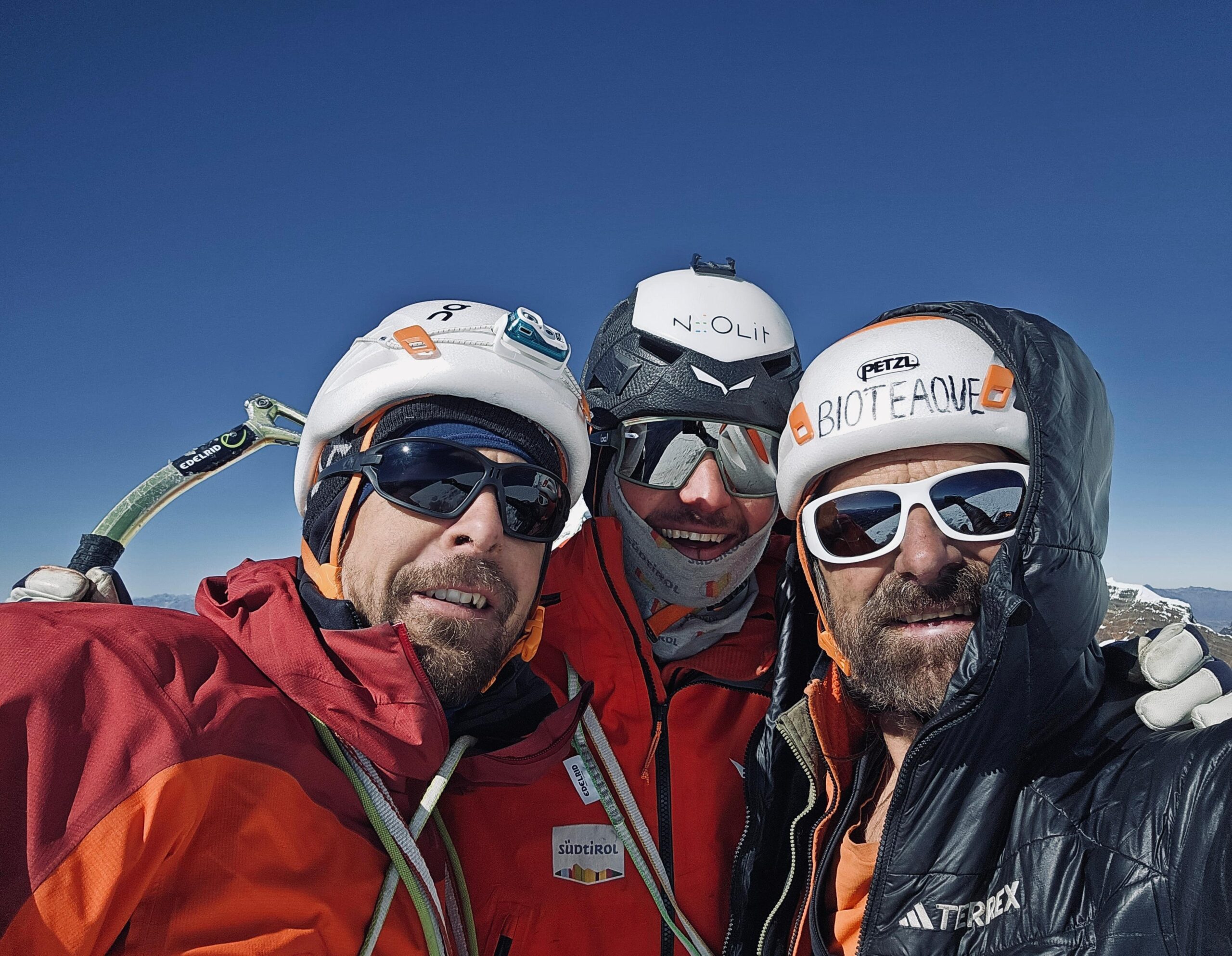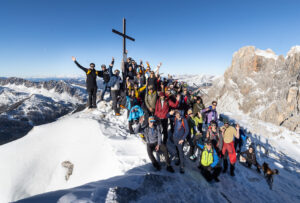Dani Arnold, Alexander Huber, and Simon Gietl have opened a difficult, 1,300m route on the east face of Jirishanca, in Peru’s Huayhuash range, that may be one of the most significant climbs of 2025. The trio completed the 31-pitch climb in a single, alpine-style push between July 13-15.
Hummingbird’s heartbeat
Gietl of Italy, Huber of Germany, and Arnold of Switzerland made two bivouacs on the wall and reached the east summit (6,028m, according to their GPS) at 9:15 am on July 15, the third day of the climb. They explained that climbers no longer attempt Jirishanca’s main summit because of very poor snow conditions and high objective risk.
They named their route Kolibri, a translation of Jirishanca into German. Jirishanca means “hummingbird” in the Quechua language. According to author Jeremy Frimer, the name of the peak might refer to the spiky summit, likening it to the beak of a hummingbird. Climbers’ heart rates might also mirror a hummingbird’s when looking at the vertiginous southeast side of the mountain.
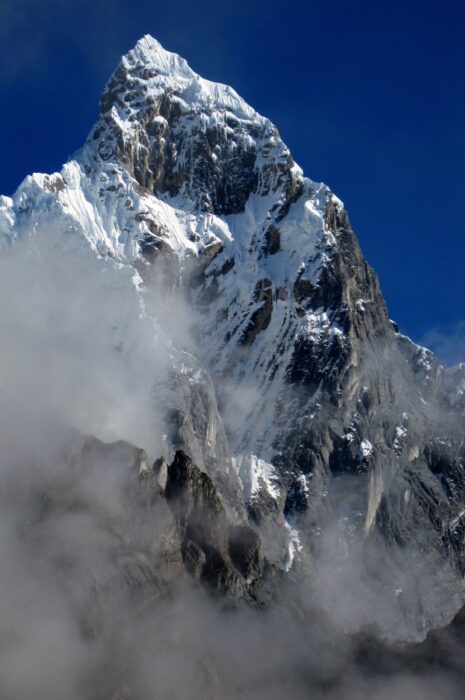
Southeast side of Jirishanca. Photo: Wikipedia
Great conditions
The Huayuash range is special. It is the only limestone range in the world with peaks surpassing 5,000m.
“The quality of the limestone is unique: solid, rough, and grippy,” the team said. “We found a beautiful and logical line on the best rock. The conditions on the wall were ideal, and the teamwork was perfect.”
Route report
We asked the climbers for details of a climb they described as “steep, technically demanding, and combining alpine seriousness with classic line selection.”
Here is a complete report by Simon Gietl, and some notes added by Alex Huber.
The route begins on the lower part of the wall with slabby, sometimes overhanging passages that are often difficult to belay. This is dominated by technically demanding pitches with runouts in places that must be free-climbed up to grade 8 and occasional technical passages up to A2.
The middle section of the new route first follows the striking ice ramp of the Italian route, and then follows a direct line of cracks and intersections in the upper part of the wall, until it reaches the steep east ridge — and the route of the first ascenders (Egger/Jungmair, 1957).
Serious endeavor
The climbers have estimated the route’s difficulty at 8 (UIAA grade), A2. They assess the climb as a serious endeavor that demands high technical standards and alpine experience.
“The route is characterized by clear, elegant lines, excellent rock, and a varied wall structure. There is highly demanding wall climbing in the lower part, followed by classic crack climbing on the upper part of the wall up to the east ridge on snow and ice. Wedges, Friends, and micro-cams are essential.”
The team was delighted with the climb. “For us, this line is one of our greatest first ascents, a gift from Mother Nature,” Gietl told ExplorersWeb.
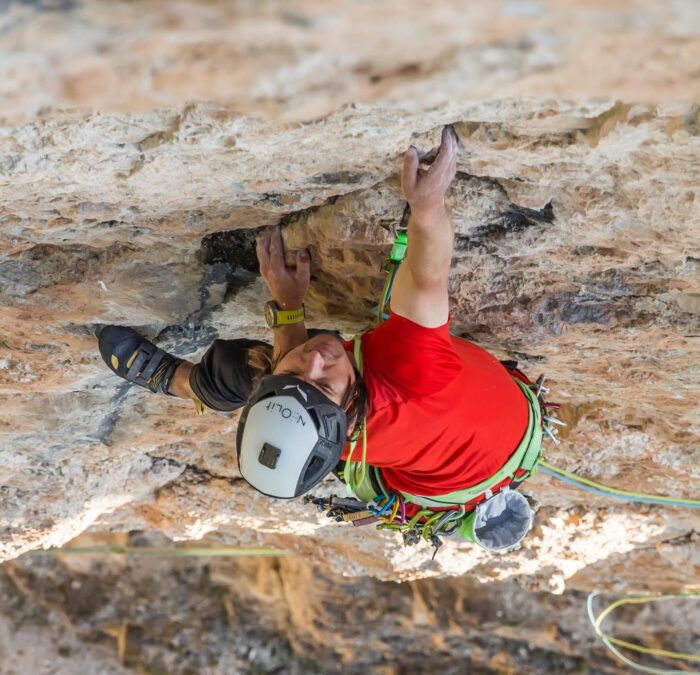
Simon Gietl. Photo: Simon Gietl
Between historical routes
In 1957, Jirishanca was the last 6,000’er to be summited in the Huayhuash range. Since then, it has attracted some of the best climbers in the world.
“Kolibri runs between the French and Italian routes,” the team noted. “In the central section, we decided to follow the Italian route for three pitches (the Italian Ramp) before returning to the direct pillar between the French and the Italian route.”
After the second bivouac, on their way to the summit on July 15, Arnold, Gietl, and Huber followed Tony Egger and Siegfried Jungmair’s route, which was used during the peak’s first ascent.
The 1957 team deemed the southeast face impossible and instead followed the peak’s east spur, in heavy expedition style. Their route is now called the Austrian route. Egger died 18 months after climbing Jirishanca, on Patagonia’s Cerro Torre.
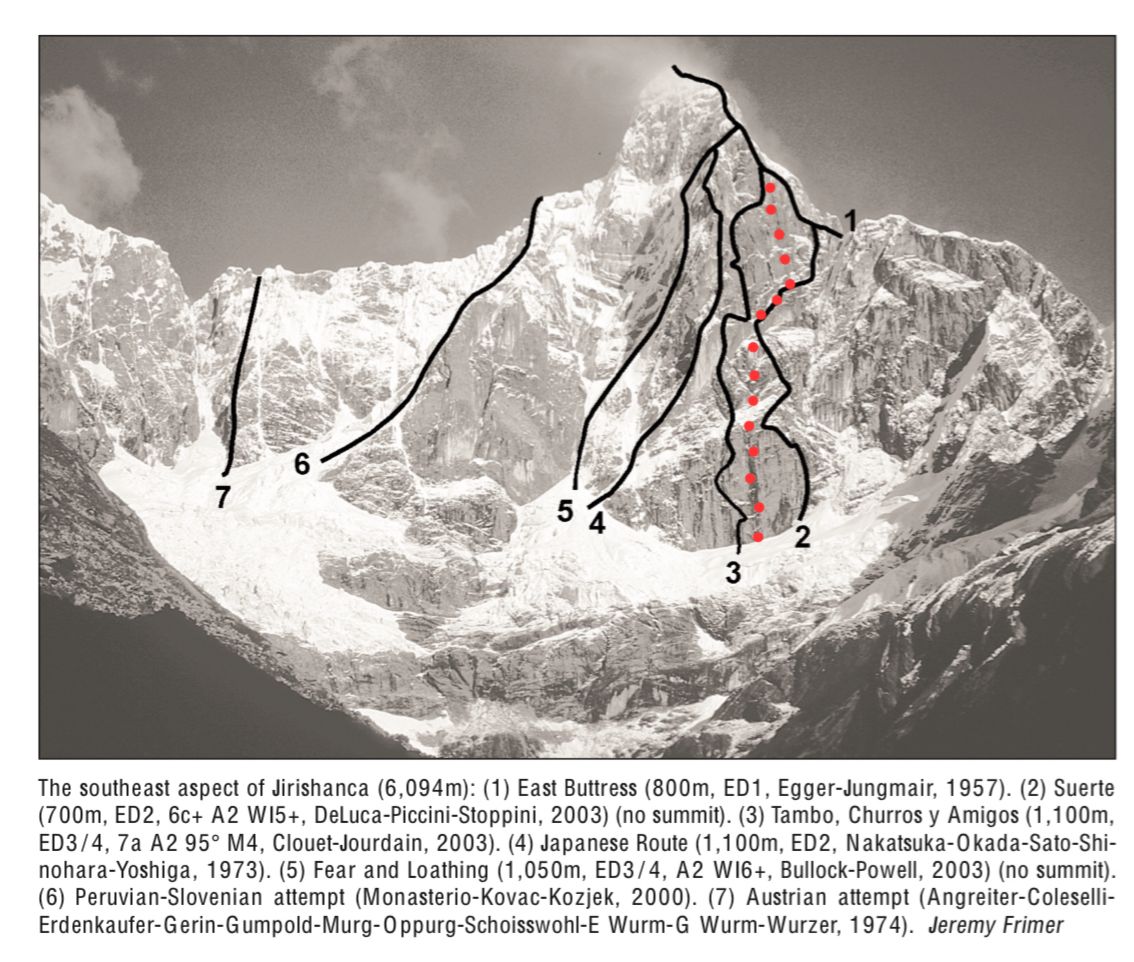
Routes on Jirishanca’s east side, with the new Kolibri route in red. Topo: Jeremy Frimer
The French Route (actually called Tambo, Churros y Amigos) was the second line opened on Jirishanca from the east. Clouet and Jourdain climbed the peak in 2003 — not in alpine style but without using bolts, which was quite a feat at the time on such a difficult face — progressing up the main pillar on the southeast face.
Also in 2003, Italians Stefano DeLuca, Paolo Stoppini, and Alessandro Piccini climbed the Italian Route. They placed nearly 40 bolts on the wall and stopped where their route joined the Egger/Jungmair route, calling the incomplete route Suerte (luck). The complete route was finally free-climbed in 2022 by two Americans: Josh Wharton and Vince Anderson. They made the summit in three days without bolts. You can read their report here.
You can read Frimer’s article in the American Alpine Journal about the climbing history of Jirishanca here.
